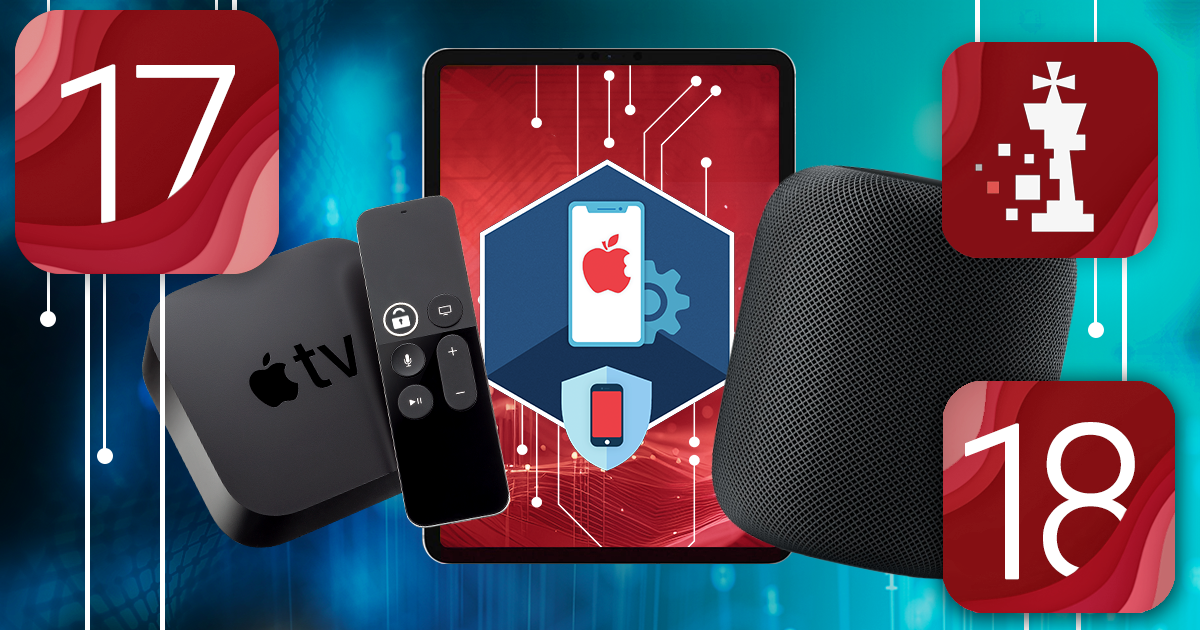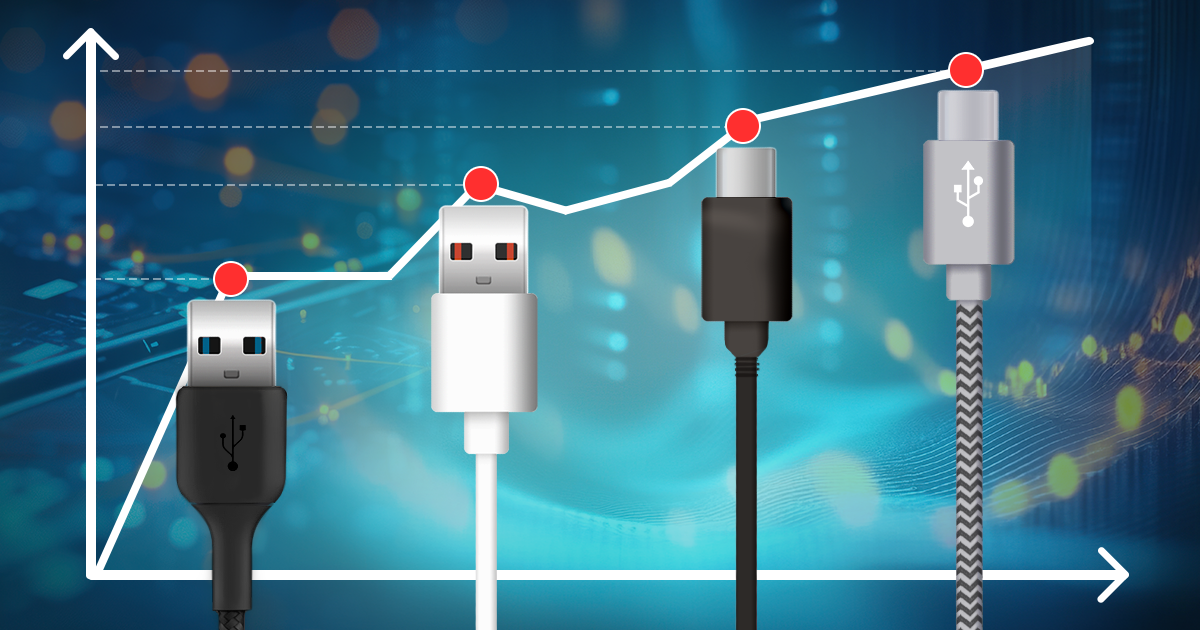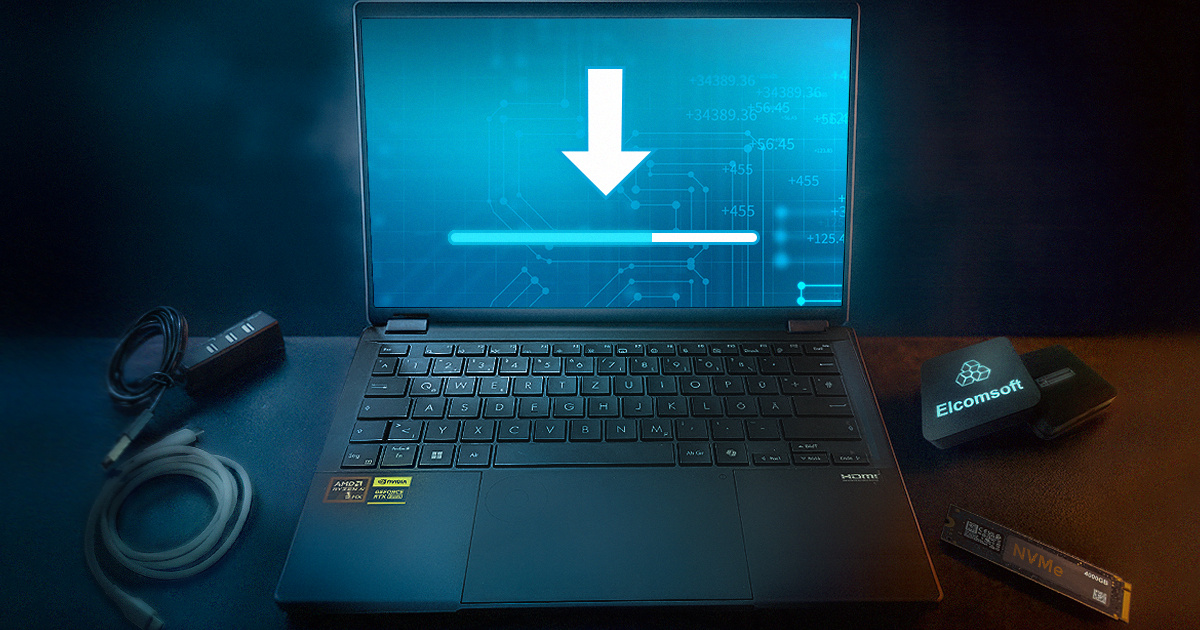Extracting the fullest amount of information from the iPhone, which includes a file system image and decrypted keychain records, often requires installing a jailbreak. Even though forensically sound acquisition methods that work without jailbreaking do exist, they may not be available depending on the tools you use. A particular combination of iOS hardware and software may also render those tools ineffective, requiring a fallback to jailbreak. Today, the two most popular and most reliable jailbreaks are checkra1n and unc0ver. How do they fare against each other, and when would you want to use each?
The new build of iOS Forensic Toolkit is out. This time around, most of the changes are “internal” and do not add much functionality, but there is a lot going on behind the scenes. In this article, we will describe in details what is new and important, and how it’s going to affect you. We’ll share some tips on how to use the software in the most effective way, making sure that you extract all the data from iOS devices in the most forensically sound possible.
EIFT, Elcomsoft iOS Forensic Toolkit, Elcomsoft Phone Breaker, Elcomsoft Phone Viewer, EPB, EPV, full file system, iTunes, logical acquisition, macOS 10.15, macOS Catalina
Instant messaging apps have become the de-facto standard of real-time, text-based communications. The acquisition of instant messaging chats and communication histories can be extremely important for an investigation. In this article, we compare the five top instant messaging apps for iOS in the context of their forensic analysis.
Apple iCloud, Apple iCloud Drive, EIFT, Elcomsoft eXplorer for WhatsApp, Elcomsoft iOS Forensic Toolkit, Elcomsoft Phone Breaker, Elcomsoft Phone Viewer, EPB, EPV, EXWA, iMessage, Signal, Skype, Telegram, WhatsApp
The iPhone is one of the most popular smartphone devices. Thanks to its huge popularity, the iPhone gets a lot of attention from the forensic community. Multiple acquisition methods exist, allowing forensic users to obtain more or less information with more or less efforts. Some of these acquisition methods are based on undocumented exploits and public jailbreaks, while some other methods utilize published APIs to access information. In this article, we’ll compare the types and amounts of data one can extract from the same 256-GB iPhone 11 Pro Max using three different acquisition methods: advanced logical, full file system and iCloud extraction.
Geolocation data can provide a wealth of evidence to various government agencies. Law enforcement agencies use location data to help place suspects near a crime scene in a given time frame. However, the use of location is not limited to criminal or civil investigations. Emergency response services use geolocation to locate persons, taxi and delivery services use location to improve service. There are many more examples where location evidence is vital. Recently, governments have started using (or are considering using) geolocation data to help identify and isolate infected citizens. Where does the location evidence come from and how one can extract it?
The popular unc0ver jailbreak has been updated to v4, and this is quite a big deal. The newest update advertises support for the latest A12 and A13 devices running iOS 13 through 13.3. The current version of iOS is 13.3.1. None of the older versions (including iOS 13.3) are signed, but still there are a lot of A12/A12X/A13 devices floating around. Until now, file system and keychain extraction was a big problem. The newest unc0ver jailbreak makes it possible.

Today’s smartphones collect overwhelming amounts of data about the user’s daily activities. Smartphones track users’ location and record the number of steps they walked, save pictures and videos they take and every message they send or receive. Users trust smartphones with their passwords and login credentials to social networks, e-commerce and other Web sites. It is hard to imagine one’s daily life without calendars and reminders, notes and browser favorites and many other bits and pieces of information we entrust our smartphones. All of those bits and pieces, and much more, are collected from the iPhone and stored in the cloud. While Apple claims secure encryption for all of the cloud data, the company readily provides some information to the law enforcement when presented with a legal request – but refuses to give away some of the most important bits of data. In this article we’ll cover the types of data that Apple does and does not deliver when served with a government request or while processing the user’s privacy request.
What is DFU, and how is it different from the recovery mode? How do you switch the device to recovery, DFU or SOS mode, what can you do while in these modes and what do they mean in the context of digital forensics? Can you use DFU to jailbreak the device and perform the extraction if you don’t know the passcode? Read along to find out.
Skype synchronizes chats, text messages and files sent and received with the Microsoft Account backend. Accessing Skype conversation histories by performing a forensic analysis of the user’s Microsoft Account is often the fastest and easiest way to obtain valuable evidence. Learn how to use Elcomsoft Phone Breaker to quickly extract the complete conversation histories along with attachments and metadata from the user’s Microsoft Account.
We’ve just announced a major update to iOS Forensic Toolkit, now supporting the full range of devices that can be exploited with the unpatchable checkra1n jailbreak. Why is the checkra1n jailbreak so important for the forensic community, and what new opportunities in acquiring Apple devices does it present to forensic experts? We’ll find out what types of data are available on both AFU (after first unlock) and BFU (before first unlock) devices, discuss the possibilities of acquiring locked iPhones, and provide instructions on installing the checkra1n jailbreak. (more…)
bootrom exploit, chackra1n, ECX, EIFT, Elcomsoft Cloud Explorer, Elcomsoft iOS Forensic Toolkit, Elcomsoft Phone Breaker, Elcomsoft Phone Viewer, EPB, EPPB, EPV, file system acquisition, jailbreak, keychain, physical acquisition


